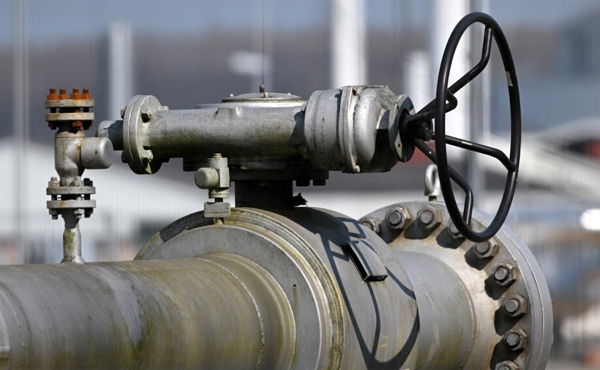Natural-gas prices mark lowest finish since May 2021

Myra P. Saefong and William Watts, MarketWatch
SAN FRANCISCO/NEW YORK
EnergiesNet.com 01 27 2023
Oil futures rose Thursday, with investors and analysts fixated on prospects for a pickup in crude demand from China after the country shed COVID curbs that were seen curtailing consumption by one of the world’s largest energy importers.
Natural-gas futures, meanwhile, extended a January plunge to mark their lowest finish in about 20 months.
Price action
- West Texas Intermediate crude for March delivery CL.1, 1.27% CL00, 1.28% CLH23, 1.27% rose 86 cents, or 1.1%, to settle at $81.01 a barrel on the New York Mercantile Exchange.
- March Brent crude BRNH23, 1.19%, the global benchmark, added $1.35, or 1.6%, at $87.47 a barrel on ICE Futures Europe. April Brent BRN00, 1.16% BRNJ23, 1.16%, the most actively traded contract, gained $1.09, or 1.3%, to end at $87.28 a barrel.
- Back on Nymex, February gasoline RBG23, 0.80% added 0.7% to $2.6121 a gallon.
- February heating oil HOG23, 1.09% rose nearly 1.1% to $3.3965 a gallon.
- February natural gas NGG23, -0.75% dropped 4% to $2.944 per million British thermal units ahead of its Friday expiration, the lowest front-month settlement since May 25, 2021, according to Dow Jones Market Data. March natural gas NGH23, -1.47%, the most actively traded contract, declined 2.3% to $2.848 per million BTUs.
Market drivers
Oil prices stumbled to begin the year but have bounced back, with WTI back in positive territory for the month, on optimism over the outlook for crude demand from China.
The bounce has “coincided with a significant fundamental shift in the global macroeconomic landscape that should sow the seeds for further oil price appreciation from here as bullish reopening expectations continue to build on the premise that full-on China demand is nowhere near reflected in current market prices, especially if international travel continues to open up,” said Stephen Innes, managing partner at SPI Asset Management, in a note.
The OPEC+ Joint Ministerial Monitoring Committee (JMMC), which reviews the oil market, plans to meet on Feb. 1, and it is not expected to change the group’s production quota, the Kansas City energy team at StoneX wrote in Thursday’s newsletter.
“This is widely being considered a bullish expectation considering China’s reopening adding more crude demand,” they said.
The next full meeting of members of the policy-setting Organization of the Petroleum Exporting Countries and their allies is scheduled for June.
Oil traders are also looking ahead to the Feb. 5 European Union ban on imports of Russian oil products, which is expected to lead to tighter global supplies and higher prices for diesel.
Natural gas, meanwhile, has tumbled, settling at the lowest since May 2021, amid unseasonably warm weather in the U.S. and much of the Northern Hemisphere. That’s helped Europe to refill natural-gas supplies, averting a winter heating crunch that had been widely feared as a result of Russia’s invasion of Ukraine.
Based on the most actively traded contract, natural gas was on track for a nearly 8% weekly fall and has dropped by almost 32% so far in January.
The U.S. Energy Information Administration reported on Thursday that domestic natural-gas supplies fell by 91 billion cubic feet for the week ended Jan. 20. That compared with an average analyst forecast for a decline of 84 billion cubic feet, according to a survey conducted by S&P Global Commodity Insights.
However, total working gas stocks in storage stand at 2.729 trillion cubic feet, up 107 billion cubic feet from a year ago and 128 billion cubic feet above the five-year average, the government said. The average five-year withdrawal is 185 bcf, according to S&P Global Commodity Insights.
Also see: Gasoline prices jump to $3.50 a gallon in January, pose threat to Fed’s inflation fight












